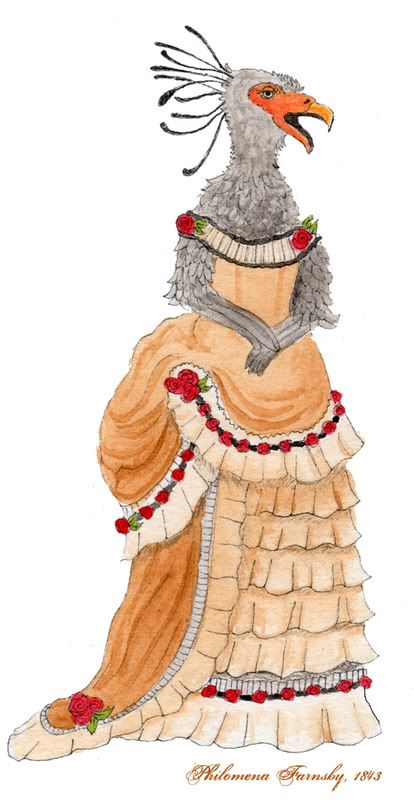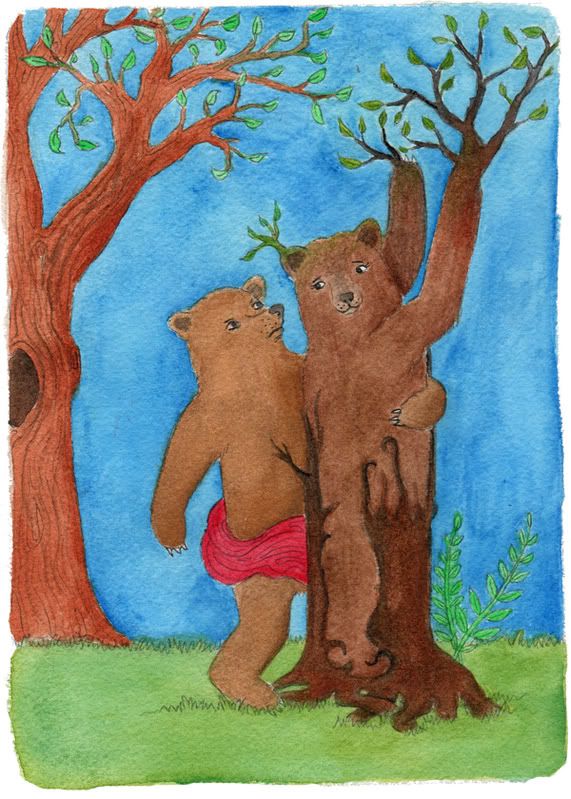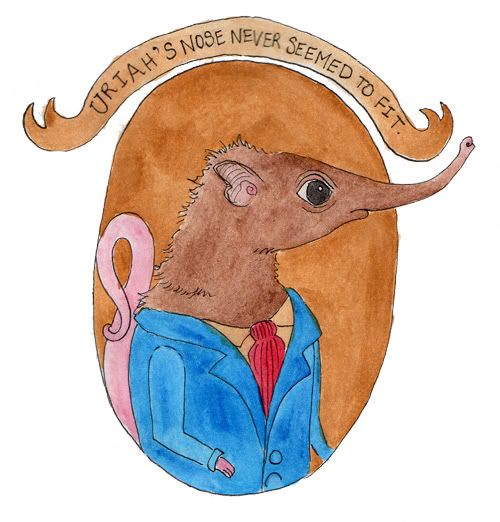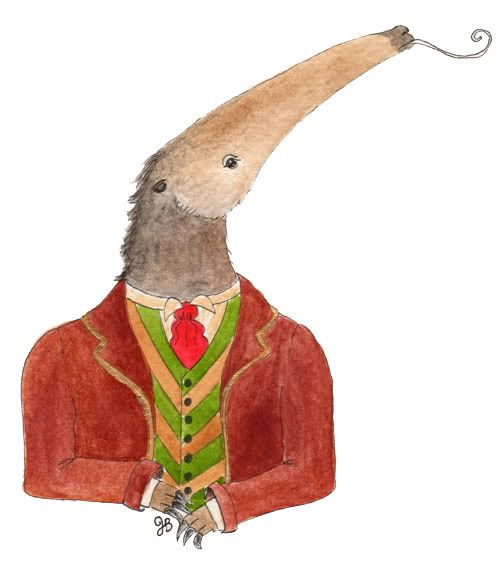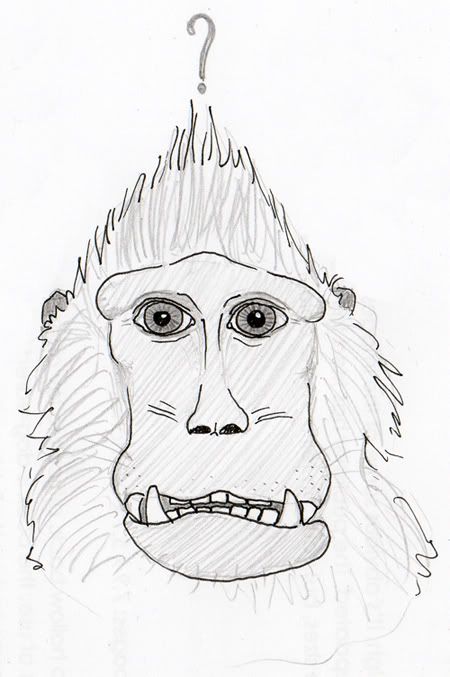 Charles Chevreuil
Charles ChevreuilDescended from French nobility, Charles' ancestors escaped to England during the French Revolution, establishing a modest 200-acre estate just outside of Bath. Charles lived in England until the age of 18, when he decided to reject his father's wishes for his enrollment in law school and travel to Paris to live in drafty garrets and be a starving artist (something his father blamed on Henri Murger's
Scènes de la Vie de Bohème, a book Charles had received from an eccentric aunt).
Once in Paris, Charles realized that most of the drafty garrets were already taken, so he ended up staying at a luxury hotel near Pont Neuf, where he met Olive Dupont and fell in love. The pair enjoyed a short courtship amongst the musicians and absinthe drinkers of Montmartre, then returned to England for their marriage.
 Olive Chevreuil
Olive ChevreuilThese portraits were taken in 1850 to mark the occasion of their fifth anniversary. By this time Charles' father had died, leaving him the Bath estate and a large fortune. He and Olive were known for throwing grand parties, to which Henrietta and Constance Daugney were often invited (though Olive would put her foot down every time they suggested guests put on a little play).
